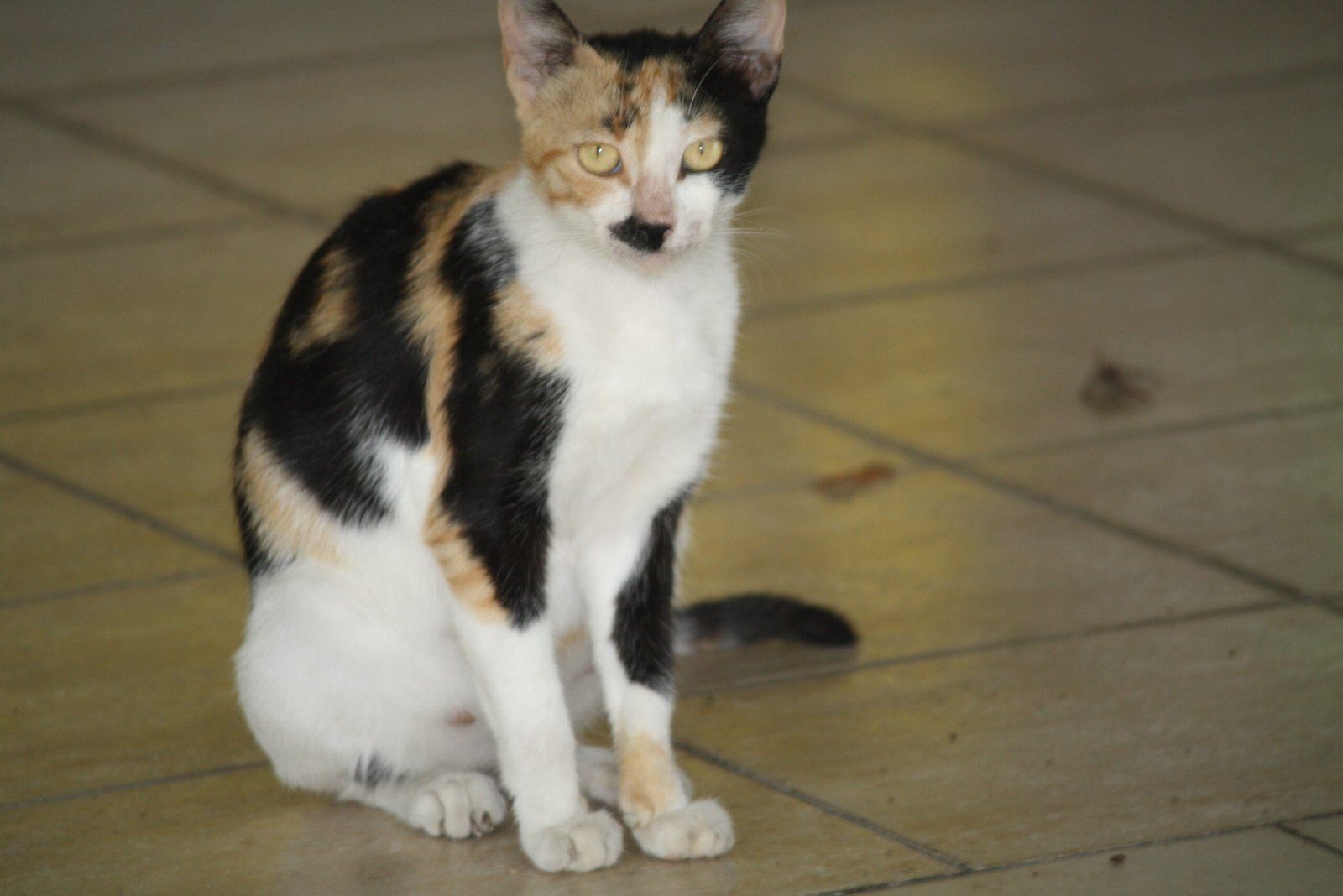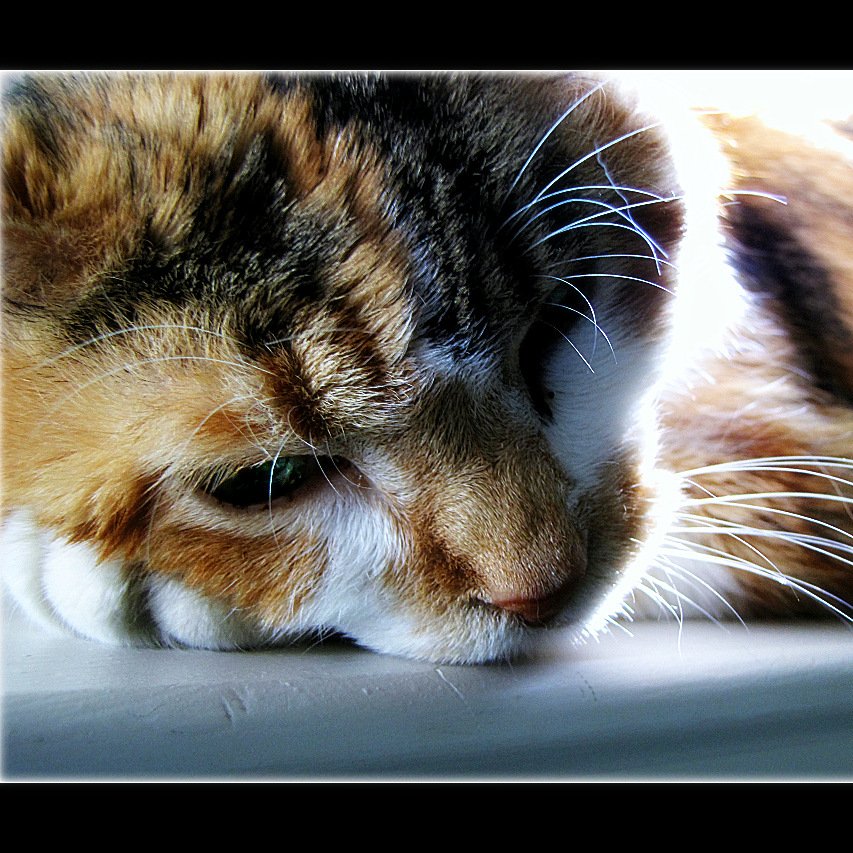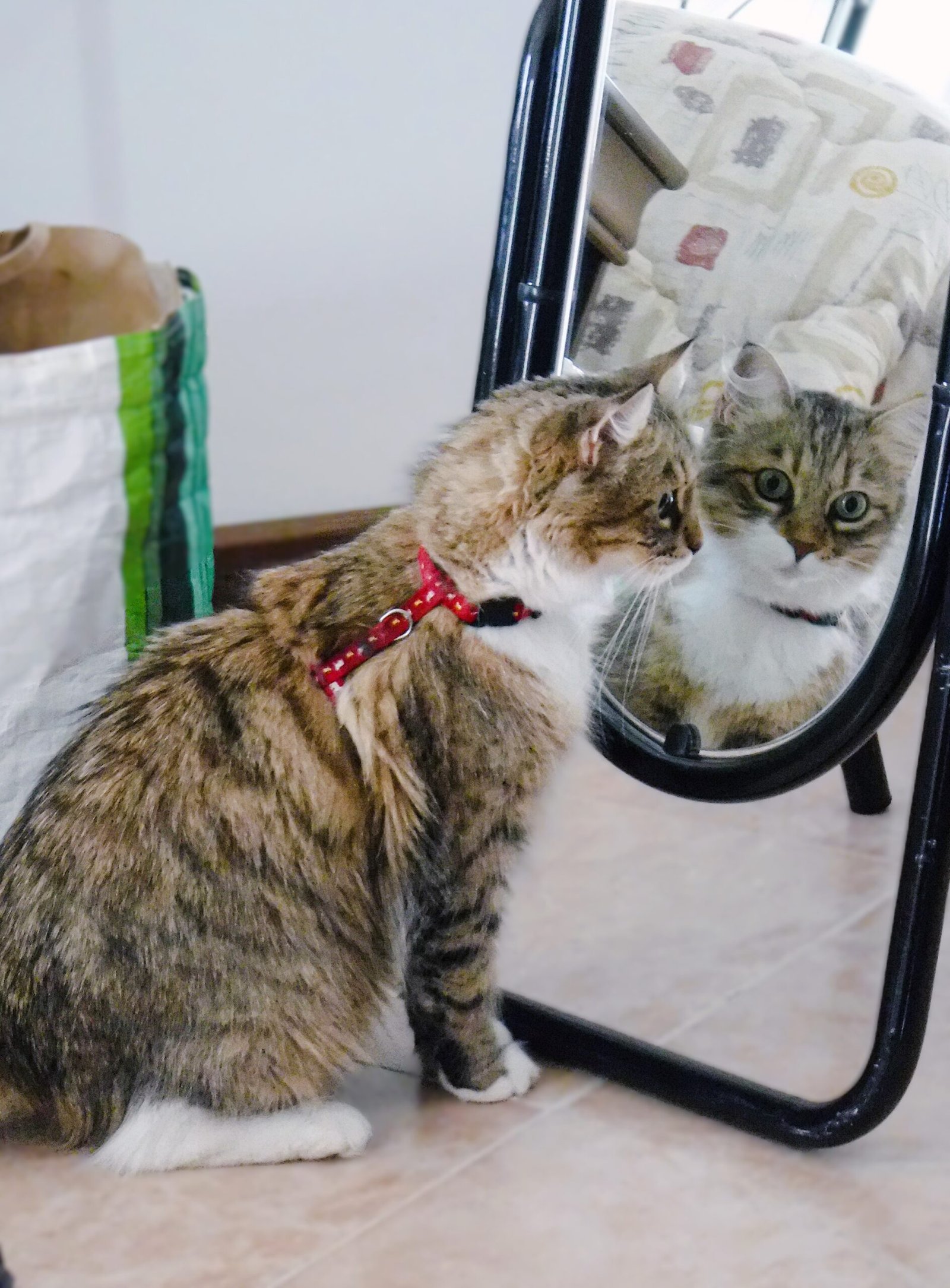Cats are mysterious creatures, often leaving us puzzled by their unpredictable behavior. One minute they’re snuggled up on your lap, purring contentedly, and the next, they’re hiding under the couch, avoiding all contact. This sudden withdrawal can be baffling, especially when your feline friend has been bonding closely with you. Why do cats sometimes pull away after forming such a strong connection? Let’s dive into the feline psyche and explore the reasons behind this behavior.
Understanding Feline Independence
Cats are known for their independent nature. Unlike dogs, who have been bred to work alongside humans, cats have retained much of their solitary instincts. This independence is deeply ingrained in their DNA, and even the most affectionate cats may feel the need to distance themselves occasionally. It’s not a reflection of your relationship but rather a natural aspect of their character. Just like people, cats sometimes need their own space to feel comfortable.
The Role of Territory
Territory plays a crucial role in a cat’s life. They are territorial animals, and their home environment is a significant part of their identity. When a cat withdraws, it might be because they are reasserting their control over their space. This behavior can become more pronounced if there are changes in their environment, such as new furniture or guests. Cats need to feel secure in their territory, and retreating can help them regain that sense of security.
Stress and Anxiety Factors

Just like humans, cats can experience stress and anxiety. Changes in their environment, loud noises, or even a new pet can trigger these feelings. When stressed, cats might withdraw as a coping mechanism. It’s their way of processing the situation and finding a sense of calm. Observing your cat’s behavior and identifying potential stressors can help you create a more comforting environment for them.
Health Issues and Discomfort
Sometimes, a cat’s withdrawal can be a sign of underlying health issues. Cats are masters at hiding pain, but withdrawing from social interaction can be a subtle hint that something is wrong. If your cat’s behavior changes suddenly, it’s essential to consult a veterinarian. Issues like dental problems, arthritis, or infections can cause discomfort, leading your cat to seek solitude.
Changes in Routine

Cats thrive on routine. They find comfort in predictability, and disruptions can lead to withdrawal. Changes such as a new work schedule, moving to a new home, or even rearranging furniture can unsettle your feline friend. Maintaining a consistent routine as much as possible can help your cat feel secure and reduce the likelihood of withdrawal.
The Influence of Age

As cats age, their behavior can change. Older cats may become less social and more withdrawn. This can be due to a decrease in energy levels or age-related health issues. Understanding that aging can influence your cat’s behavior helps you adjust your expectations and provide them with the care they need.
Personality Traits and Preferences
Every cat has a unique personality. Some are naturally more reserved, while others are social butterflies. Understanding your cat’s personality can help you interpret their withdrawal. If your cat has always been on the shy side, occasional withdrawal might be typical for them. Respecting their individual preferences is crucial in maintaining a healthy relationship.
The Impact of Past Experiences

A cat’s past experiences can shape their behavior. Cats that have been rescued or have experienced trauma may have trust issues. Even after bonding closely, they might withdraw as a defense mechanism. Patience and understanding are key to helping them feel safe and secure in their new environment.
Hormonal Changes
Hormonal changes, especially in unspayed or unneutered cats, can influence behavior. Cats in heat or those experiencing hormonal shifts may become more aloof. Spaying or neutering your cat can help stabilize their behavior and reduce the likelihood of withdrawal due to hormonal changes.
Social Dynamics with Other Pets
If you have multiple pets, the social dynamics can affect your cat’s behavior. Cats are sensitive to changes in hierarchy and relationships with other animals. If a new pet is introduced, or if there’s a shift in the existing dynamics, your cat might withdraw as they adjust to the new social structure.
Seasonal Changes
Believe it or not, the seasons can impact a cat’s behavior. Just as some people experience seasonal affective disorder, cats can also be influenced by changes in daylight and temperature. During colder months, they might seek more warmth and solitude, while in warmer months, they might be more active and social.
Bonding and Overstimulation
While bonding is essential, too much of it can lead to overstimulation. Cats have different thresholds for interaction, and exceeding this can cause them to retreat. It’s crucial to recognize when your cat needs a break and respect their boundaries to maintain a healthy relationship.
Navigating the Human-Cat Relationship

Understanding the nuances of the human-cat relationship is vital. Cats communicate in subtle ways, and recognizing these signals can help you respond appropriately. Building a strong bond requires patience, empathy, and a willingness to adapt to your cat’s needs.
Providing a Safe Haven

Creating a safe and comfortable environment for your cat is essential. Providing cozy hiding spots, vertical spaces, and quiet areas can help them feel secure. When your cat knows they have a safe haven, they may be less likely to withdraw.
Encouraging Healthy Interaction
Encouraging healthy interaction with your cat can strengthen your bond. Engage in activities they enjoy, such as playtime or gentle petting. Understanding their preferences and respecting their boundaries can lead to more positive interactions.
Recognizing the Signs of Withdrawal

Being able to recognize the signs of withdrawal is crucial. Changes in behavior, such as hiding, reduced appetite, or decreased social interaction, can indicate withdrawal. Observing these signs and responding appropriately can help you address any underlying issues.
Building Trust and Confidence
Building trust and confidence with your cat takes time and effort. Consistent positive interactions and respecting their boundaries can help foster trust. When your cat feels confident in their environment, they are less likely to withdraw.
Seeking Professional Guidance
If your cat’s withdrawal becomes concerning, seeking professional guidance is a wise step. Veterinarians and animal behaviorists can provide valuable insights and recommendations for addressing withdrawal behavior. Don’t hesitate to reach out for help if needed.
The Joy of Understanding Your Cat
Understanding your cat’s behavior can deepen your bond and bring joy to your relationship. Every cat is unique, and embracing their individuality is key to a fulfilling companionship. By recognizing their needs and respecting their boundaries, you can create a harmonious environment where both you and your cat thrive.
In conclusion, it’s important to remember that withdrawal is a natural part of a cat’s behavior. By understanding the reasons behind it and responding with empathy and care, you can strengthen your bond and enjoy a loving relationship with your feline friend. What other mysterious behaviors have you noticed in your cat?
Hi, I’m Bola, a passionate writer and creative strategist with a knack for crafting compelling content that educates, inspires, and connects. Over the years, I’ve honed my skills across various writing fields, including content creation, copywriting, online course development, and video scriptwriting.
When I’m not at my desk, you’ll find me exploring new ideas, reading books, or brainstorming creative ways to solve challenges. I believe that words have the power to transform, and I’m here to help you leverage that power for success.
Thanks for stopping by, Keep coming to this website to checkout new articles form me. You’d always love it!






